Sylvie Boudreau figures that in three weeks, she’s been interviewed 50 times, sometimes for international publications (“Swiss, Swedish, German, French. Today, it’s you and a Japanese outlet. Next week, Al Jazeera,” she ticks off.) This is quite unusual for a Canadian retiree living in a small town of 3,000 residents. But the place in question, Stanstead, in Quebec province, sits on the border with the United States. Over the last month, it has become a living symbol of the complex situation that Donald Trump’s administration has created for the residents of the two neighboring nations.
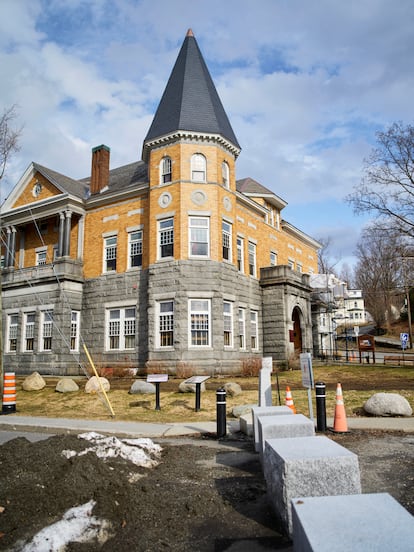
Boudreau is the chair of the board of trustees for the Haskell Free Library and Opera House, whose book collection and stage are located in Stanstead, while its main entrance and most of its opera seats are in Derby Line, the U.S. town perched on the other side of the border in Vermont. Declared a national landmark by both countries, its interior, in addition to housing an interesting selection of literature in French — the official language of Quebec — and English, is filled with works of art and objects that showcase the friendship between the two nations. The only sign of division is a thick black tape running across the floor that indicates which part of the world map you’re standing on.
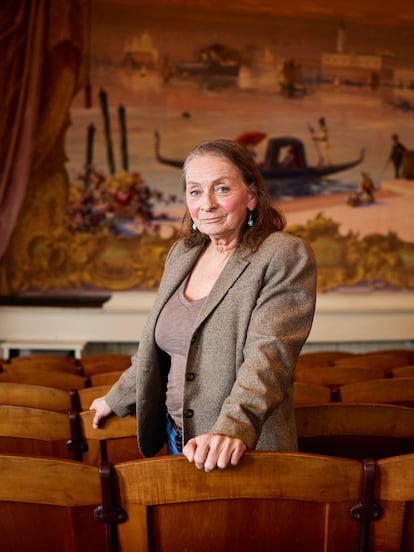
In mid-March, Boudreau received an email from the U.S. Office of Customs and Border Protection with the subject line “Big Changes”: the U.S. government had unilaterally decided to bar Canadians from accessing the library’s main entrance. For more than a century, Canadian residents had been crossing into the United States to visit the library, simply strolling down the sidewalk alongside the Victorian building, without having to undergo a border check.
Boudreau’s eyes gleam when she speaks of the Haskell building. “It’s a place of brotherhood. A space that Martha Stewart Haskell built in 1901 with the intention of bringing together two communities to share their love of reading, the arts and culture. A place where it didn’t matter if you were American or Canadian — differences have no place here.” This fundamental mission makes it all the more significant that, for the last few weeks, those looking to access the facility coming from Canada have to do so through an emergency exit at the back of the building, which Boudreau and her team have temporarily equipped with a wooden, carpeted ramp.
Some Stanstead neighbors understand the U.S. decision (“you shouldn’t leave the door of your house open to strangers,” said one woman working at the town’s bakery), but others feel humiliated. Among the latter group is Nicole Blouin, who grumpily enters the new entrance for Canadians for the first time. Instead of leading to the main lobby, the entryway deposits visitors in a secluded corner of the French book section. “This is ridiculous!,” she huffs. Blouin, who introduces herself as an actress and writer, lamented how geopolitical tensions are impacting a cultural space like this one. She says it makes her think of dystopian scenarios, like those in Fahrenheit 451.
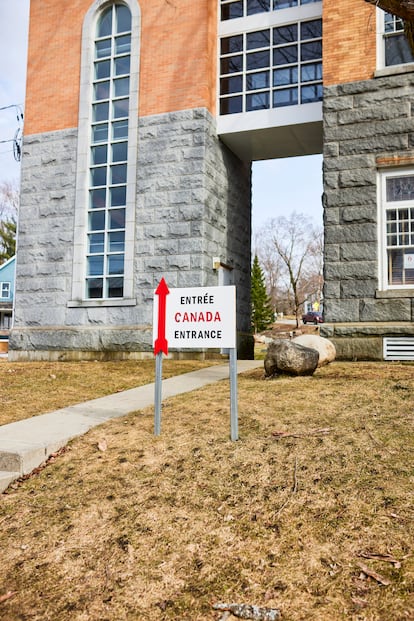
Boudreau prefers to look to the future. A few hours after receiving the email that decreed the access ban to the main entrance from Canada, she had already organized a crowdfunding campaign to turn the emergency exit into a true main entrance for Canadians. Within 48 hours, it had raised $100,000. And since the story began receiving international attention, donations to the library and the Town of Stanstead haven’t stopped pouring in. Indignant Canadians, embarrassed Americans, and people from around the world have pushed the GoFundme campaign’s total up to more than $200,000.
“The announcement of the closure of the main entrance to Canadians didn’t take me by surprise,” Boudreau confesses, adding that she’s been preparing for this moment for two and a half years. During that time, she identified the possible alternative entrance from the Canadian side of the border. “Border security has always been important to the Americans, also with Biden and Obama,” she says. “It leads to too many problems. The previous administrations had been more permissive with the library, but now things are changing. And they’re within their rights.” Boudreau knows what she’s talking about: before she spent her days on the library’s board, she was a customs agent and dog handler at the Stanstead border crossing.
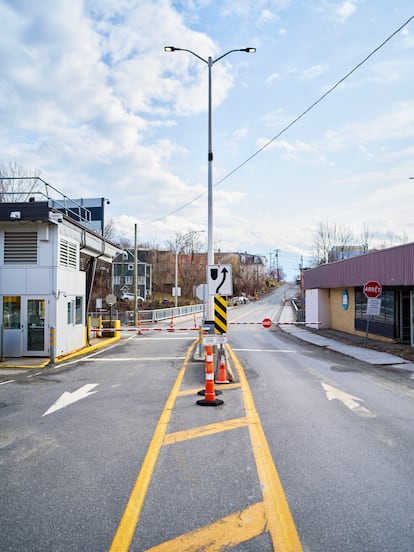
Haskell has been in the spotlight since 2010, when a Montreal resident began smuggling about 100 weapons from Vermont to Quebec, using the library bathroom to hide some of them. During Trump’s first term, it once again made headlines when it became a meeting place for Iranian families affected by the immigration ban on citizens from six Muslim-majority countries.
The 5,525-mile line that separates Canada and the United States is often described as the world’s longest non-militarized border. Historian Asa McKercher, who is the Steven K. Hudson Research Chair in Canada-U.S. Relations, characterizes it as fluid and historically, easy to cross. “When I was young, during the 1980s and ‘90s, you didn’t need a passport. You could cross the border in a car with the driver showing their driver’s license. After 9/11, a passport began to be required, which represents an important change in our way of thinking about the border,” he says.
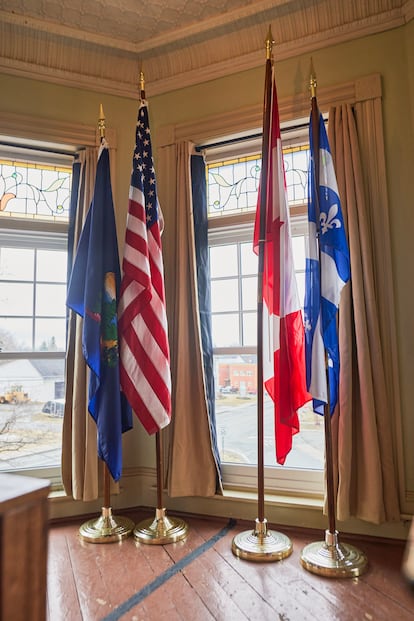
Despite tighter controls following the terrorist attacks, the border between the two North American countries has long been a model of management, innovation and cooperation in border policy. “Two fiercely independent countries showed that sovereignty, security and a border open to travel and trade were all compatible and in the best interests of both,” Laurie Trautman, director of the Border Policy Research Institute at Western Washington University, and U.S. journalist Edward Alden recently wrote in an article for the Canadian newspaper The Globe and Mail.
Although traditionally, illegal immigration from Canada to the United States has been insignificant compared to the flows across the U.S. southern border, illegal crossings nearly doubled between 2022 and 2024, particularly in an area known as Swanton, which covers New York, Vermont and New Hampshire. Last year, there were 19,300 arrests of immigrants in the area, a worrying figure compared to the 1,000 arrests recorded two years earlier. This increase has been used by the Trump administration to justify its tariff threats.
In January, the assassination of a U.S. border patrol agent during a shootout in northern Vermont put the spotlight on the Swanton region, leading the recently appointed U.S. Secretary of Homeland Security, Kristi Noem, to travel to the area a few days later. During her visit, Noem decided to stop by the library. “They didn’t give us any reason, they just gave us a couple of hours’ notice. And she showed up with Secret Service, border patrol, customs officials and even bomb-sniffing dogs,” says Boudreau.

At one point during a guided tour of the building, Noem paused in front of one of the lines on the floor that mark the border that the Haskell straddles. Jokingly, she began to shout “USA!” and “51st state!” as she jumped from one side to another. She did this on three separate occasions. “The library staff and volunteers couldn’t believe it,” remembers Boudreau. The gesture was so significant that it was reported on by media outlets around the world, foreshadowing the announcement three weeks later that the building’s main entrance would be closed to Canadians.
Trump’s threats to turn Canada into the 51st U.S. state has dominated the tone of the conversation between the two countries since the Republican candidate won the election. Although, according to a former advisor of the former Canadian prime minister Justin Trudeau, Trump wielded the idea as a tool of pressure during his first administration, such remarks had not been made public until now.
In recent months, Canadians have watched in astonishment as their neighboring president referred to their prime minister as “Governor” and posted comments on social media alluding to a potential annexation. McKercher, the historian who specializes in U.S.-Canada relations, cannot recall such tensions between the two countries in recent history. “You’d have to go back to the 1860s, during the American Civil War,” he says.
Trump’s current rhetoric includes assertions such as that the border between the two countries is an artificial line drawn with a ruler. In a call with Trudeau in February, he went so far as to say that he did not believe the 1908 treaty that defines it as valid. McKercher offers a blunt response to this: “Trump does not believe in international law or that the United States should be bound by treaties. In one of his latest executive orders, he instructed the State Department and other U.S. agencies to review all treaties signed by the United States to determine whether they should be terminated or whether the country should withdraw from them. This seems to reflect Mr. Trump’s desire to conquer Canada, put pressure on its economy and perhaps, try to annex it. And it shows his interest in expanding U.S. influence.”
For many Canadians who live on the border, these tensions are particular difficult to process. Stanstead residents also share water, a treatment plant and various recreational services with Derby Line. “If it wasn’t for the border, you’d never know they are two separate communities. The last names of the families on the U.S. side are often French. So, besides from being our friends, they’re also our family. Many of them have family members who live here and vice versa,” says Jody Stone, a computer scientist and entrepreneur who was born in Stanstead and who has been mayor of the Quebec town since 2021.
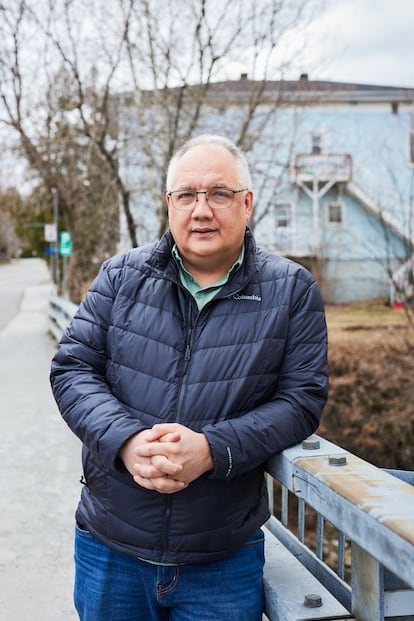
Stone says that there is a deliberate intention among his U.S. peers to maintain the friendly, close and solid relationship that has characterized these border towns. He believes that, should the situation worsen, the only thing he can do is to continue building and fortifying these relationships so that, if necessary, their neighbors will help to defend them, “be that vocally or in any other way from their side, because obviously, they’re going to have a lot more influence than us.”
Even without a foray into improbable futures, some are wondering whether the crisis will affect their businesses. Karine Cantin, who runs a charming bakery, grocery store and bed and breakfast with her husband, speaks of a close-knit community of Americans who have been coming into her store in recent weeks, offering hugs and apologizing for the chaos their government is creating. And although she tries not to worry too much, Cantin inevitably wonders whether Trump’s attitude will eventually make a dent on U.S. citizens. “Right now, we’re feeling even more urgently the need to support local businesses and take care of our shared spaces, like the library. We ourselves are going to the United States much less,” she says.
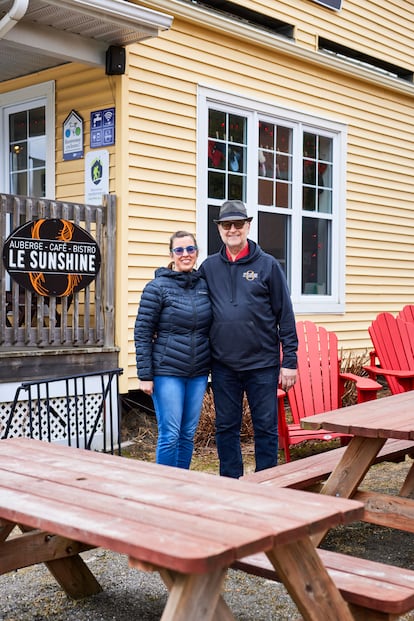
In March, the number of Canadian residents returning from the United States by car fell by nearly 32% compared to 2024. That fact hasn’t escaped Laura-Michèle G. Martin and Fréderic Melanson, the youthful owners of a spectacular rural hotel located about 2,000 feet outside of Haskell. “30% of our clientele are Quebecers who are on their way to the U.S. East coast. So that could have a negative impact on us,” says Martin. When asked about the threat of annexation, Martin mentions something key about this stretch of the border: “It’s a bad joke. And here we are, the French Canadians.” For Quebecers who have been fighting for greater autonomy for decades, even debating whether they should secede from Canada, the idea of losing their identity to become a U.S. state is even more unthinkable. This sentiment is reflected in recent polls, which show an unusual surge in Canadian patriotic pride among Quebecers.
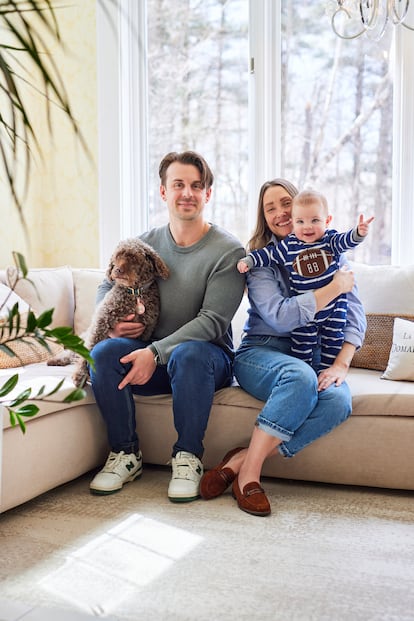
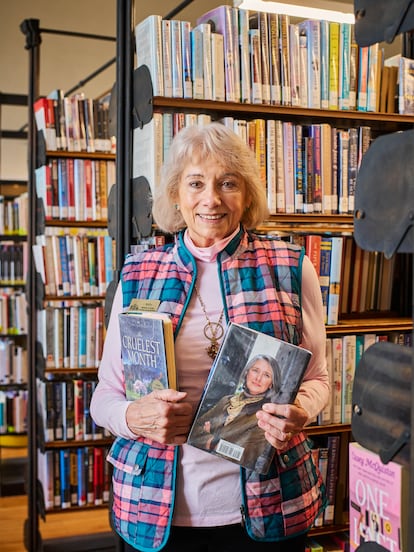
Heading back to Haskell, Kathy Converse, a retired English literature teacher and library volunteer, helps Boudreau with tourist visitors and in recent weeks, with journalists. She guides them sweetly, showing off the endless wonders of the curious building. “The library is my happy place,” she says, smiling. “Are you Canadian, Kathy?,” she is asked. “No, I’m American, and I’m ashamed. Things are happening that I never thought I’d ever see,” she laments.
Sign up for our weekly newsletter to get more English-language news coverage from EL PAÍS USA Edition


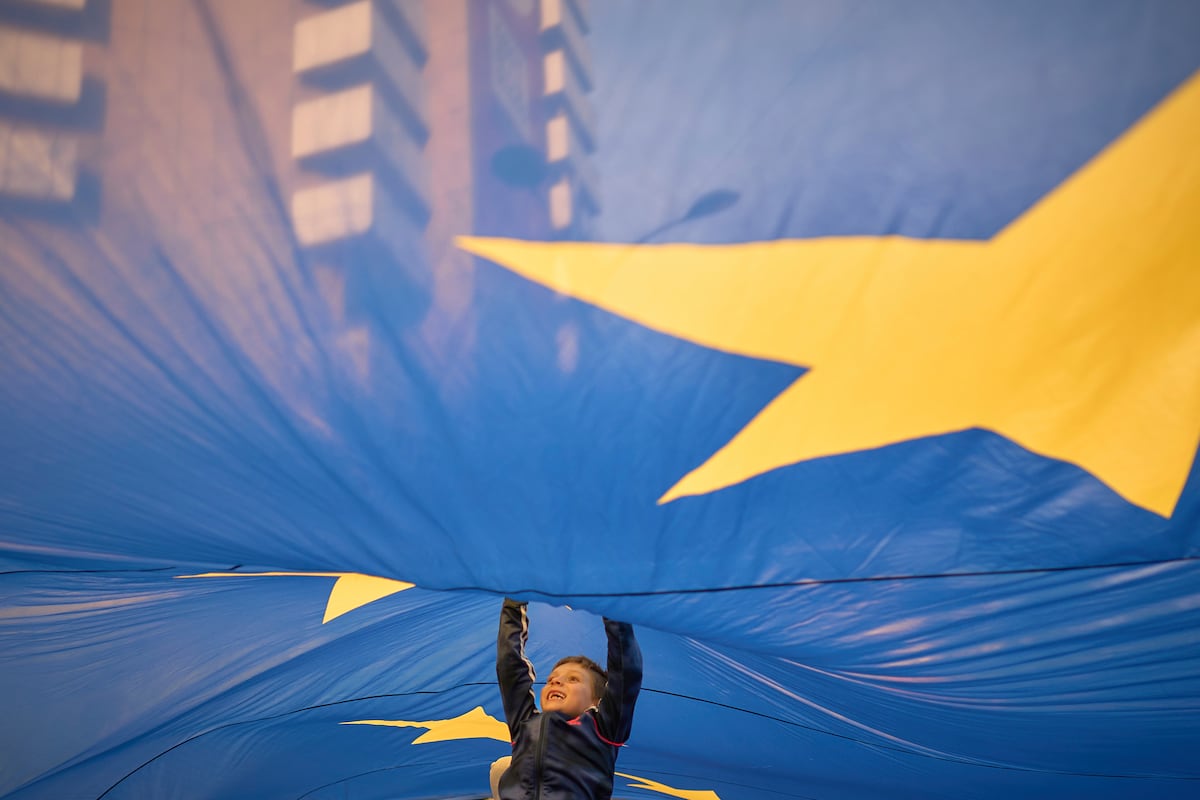
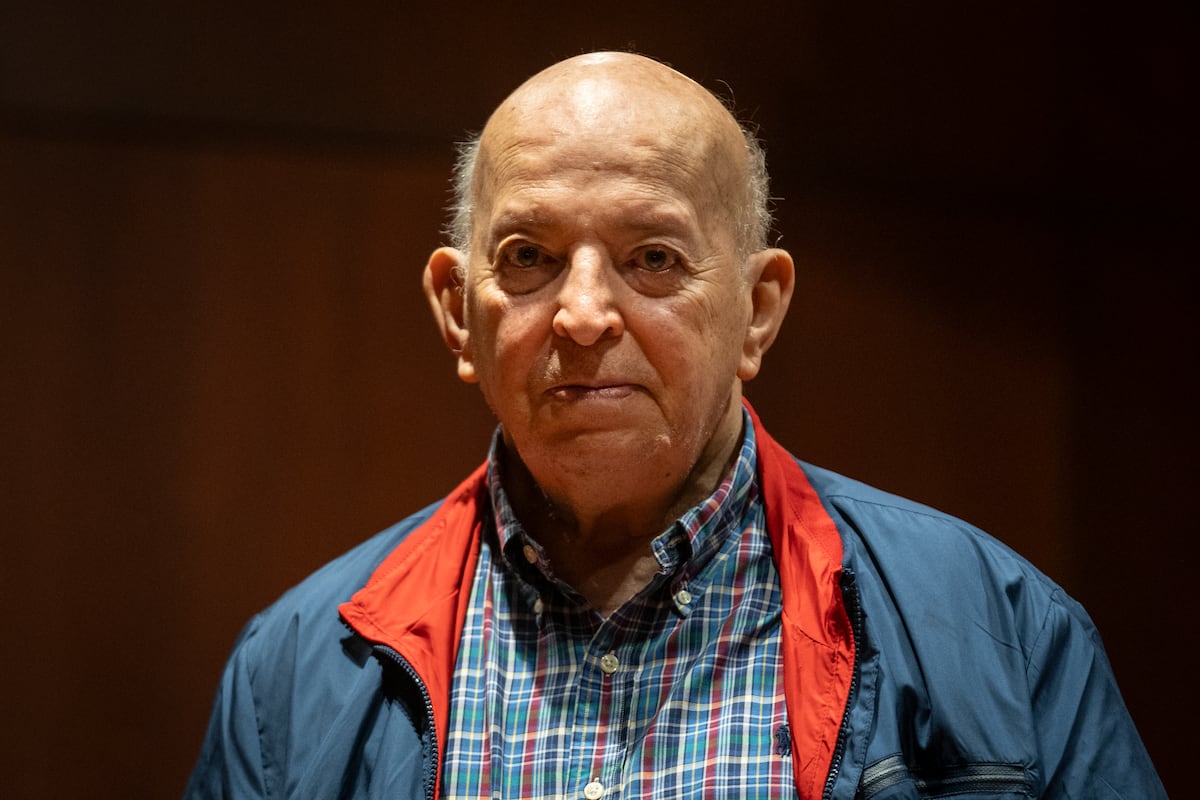
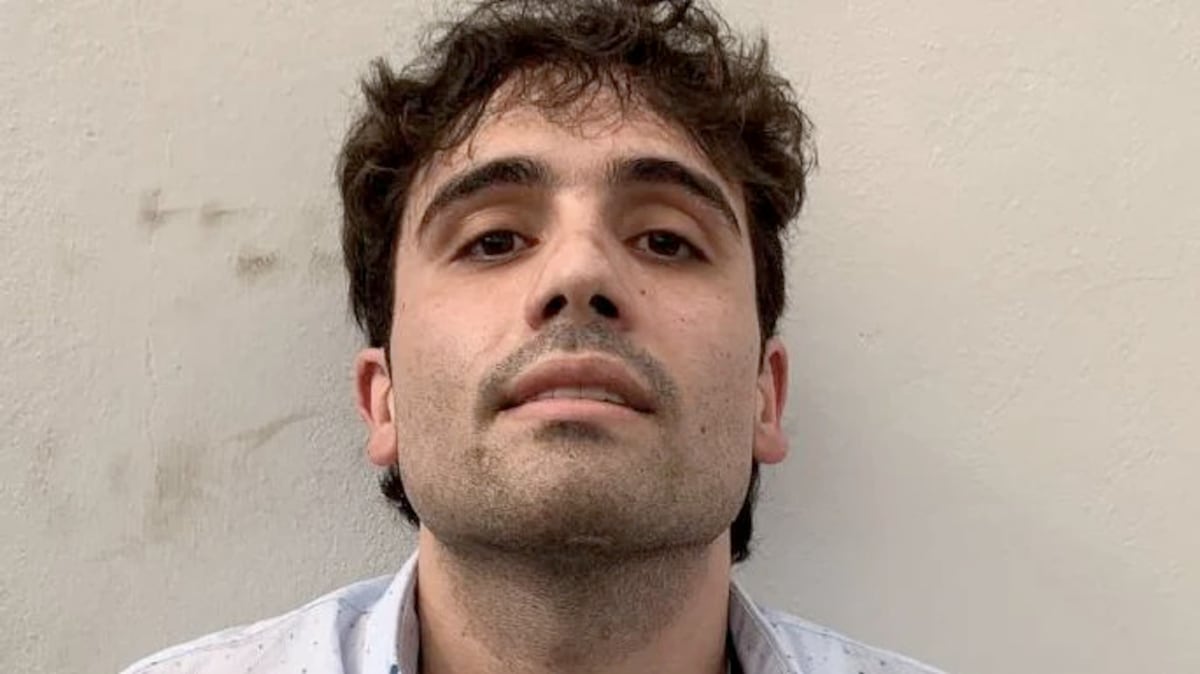


Comentarios